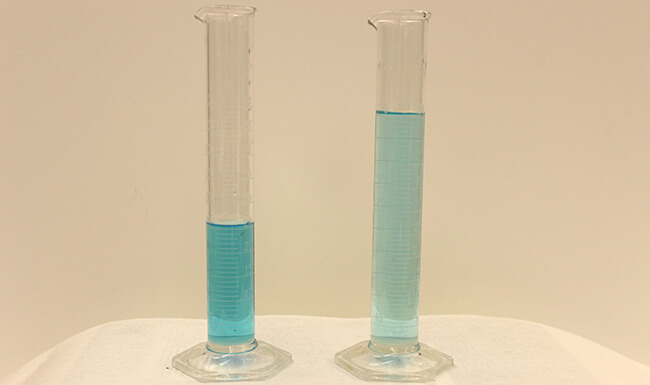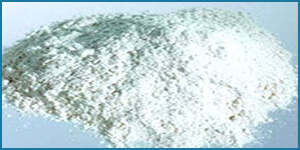Cyanide Leaching and Decomposition of Pyrrhotite

Research on cyanidation methods brought considerable discussion on the reactions involved in the leaching and decomposition of pyrrhotite in cyanide solutions. Pyrrhotite has one loosely held sulphur atom which readily reacts with cyanide to form thiocyanate: Fe5S6 + NaCN = NaCNS + 5 FeS The ferrous sulphide oxidizes rapidly to the sulphate which reacts with cyanide to […]
Titration of Cyanide Solutions Containing Dissolved Copper

When silver nitrate is added to sodium cuprocyanide of the composition Na2Cu(CN)3, an appreciable amount must be added before a precipitate comes down. The reactions are believed to be as follows: 2 Na2Cu(CN)3 + AgNO2 = 2 NaCu(CN)2 + NaAg(CN)2 + NaNO3 On further addition of silver nitrate, a precipitate of CuCN begins to come […]
Chemical Reaction of Copper Minerals and Cyanide

In discussing the Reaction Products from Copper Minerals and Cyanide you will find that when an excess of copper mineral is acted upon by cyanide solution, dissolution of copper continues at a decreasing rate until equilibrium is established and no more copper goes into solution. The rate will vary with the particular mineral used as […]
Silver & Gold Cyanide Leaching of Copper Ore

Much work has been done on the effect of copper in cyanide solutions on the leaching of gold. It is generally accepted that copper in cyanide solutions can form complex ions such as Cu(CN)2-, Cu(CN)3=, and Cu(CN)4=-, although Cu(CN)3= is considered the most probable of these. According to leach scientists, the complex having an empirical formula […]
Free Cyanide Titration: Pyrrhotite & Sodium Sulphide, Thiosulphate, Thiocyanate, Ferrocyanide

When cyaniding a precious metal ore containing pyrrhotite, various compounds such as, thiosulphate, thiocyanate, ferrocyanide and soluble sulphide are formed and found in the cyanide solution. Soluble sulphides, if present at all, are found only in relatively small amounts; on the other hand thiosulphate, thiocyanate and ferrocyanide have been found in solutions in amounts of […]
Gold/Silver Leaching with Sodium Zinc Cyanide

Dissolution of Precious Metals in Sodium Zinc Cyanide: The dissolving effect of sodium zinc cyanide on precious metals has been the subject of much discussion. According to one researcher, pure K2Zn(CN)4 in the presence of oxygen dissolves gold with the formation of gold potassium cyanide and zinc oxide. Another researcher compared the dissolving effects of KCN and […]
Effect of Temperature on Gold Cyanidation

When heat is applied to a cyanide solution containing metallic gold, two opposing factors affect the rate of dissolution. The increase in temperature would be expected to increase the activity of the solution and thus increase the rate of dissolution of gold. At the same time the amount of oxygen in the solution would decrease […]
Effect of pH Alkalinity on Gold Leaching

The role pH has in affecting gold leaching rates by cyanide and the functions of calcium hydroxide in cyanidation are as follow: 1. For safety and to prevent loss of cyanide by hydrolysis. 2. To prevent loss of cyanide by the action of carbon dioxide in the air. 3. To decompose bicarbonates in mill water […]
Effect of Oxygen on the Dissolution of Gold

In discussing the effect of oxygen on the gold dissolution, one can understand the use of oxygen or an oxidizing agent is essential for the dissolution of gold under normal conditions of cyanidation. Such oxidizing agents as sodium peroxide, potassium permanganate, bromine, chlorine have been used with more or less success in the past; but […]
Effect of Gold Particle Size on Rate of Dissolution

When coarse free gold occurs in ores, the usual practice is to remove it by means of gold traps, jigs, blankets, etc. ahead of cyanidation. Otherwise, these coarse particles might not be completely dissolved in the time available for cyanidation. Another practice which reduces the size of the gold particles going to cyanidation is the […]
